Trips:
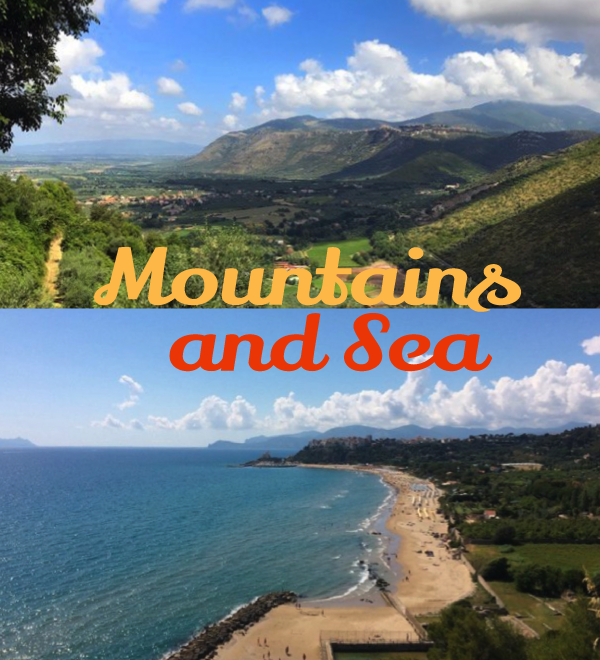
A tale of two roads
South of Rome, rugged limestone mountains crop up to the east. Ancient towns built of this cream-colored stone perch on cliffs. The view from below is spectacular now, but in ancient times no one saw it: the coastal plain was a malarial marsh, uninhabitable. The only road south is shown in yellow below – a slow path winding through the foothills:
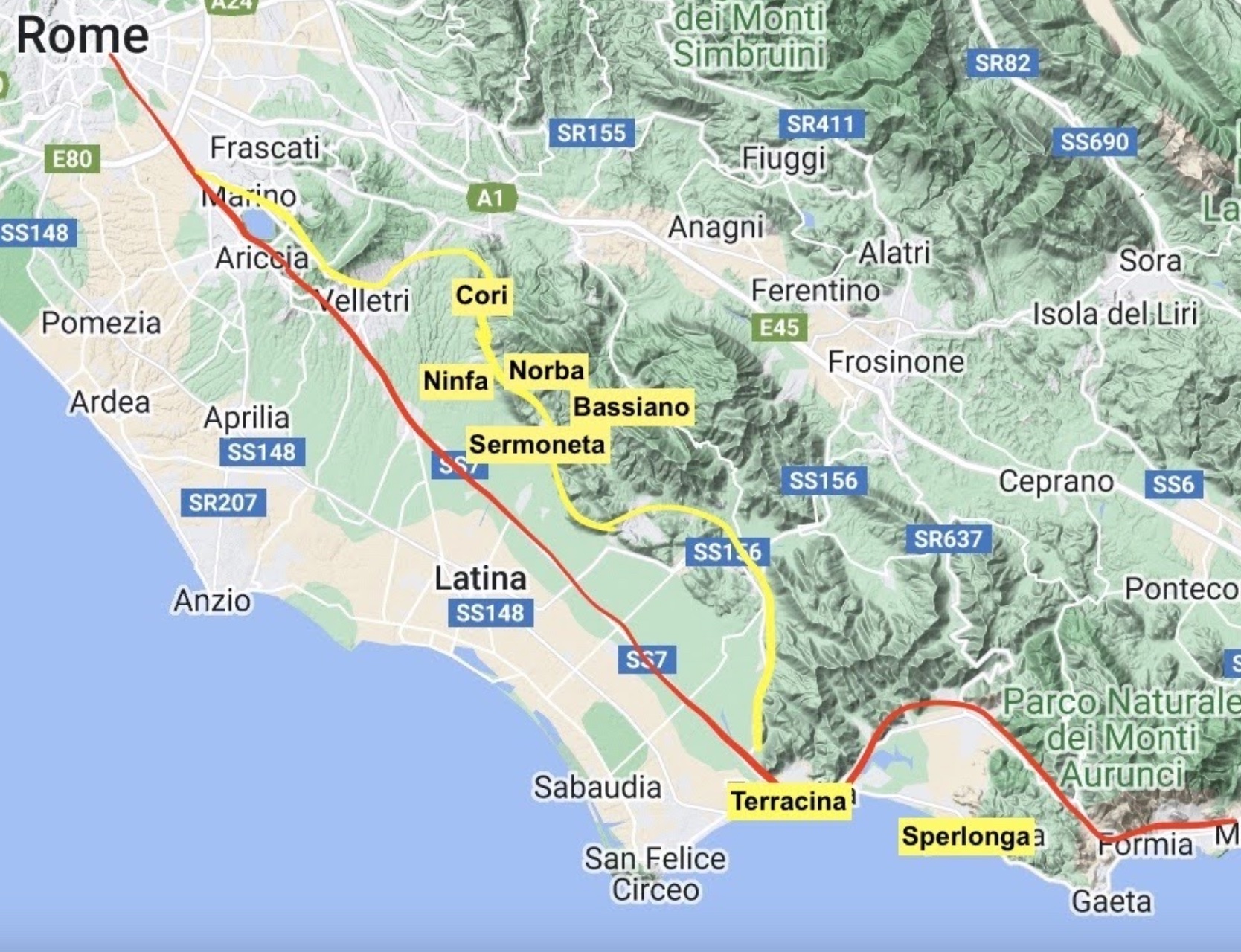
But in 312 BC the expansion-minded Romans wanted a faster road. Draining the marsh with canals, they shored up the boggy spots with rock and timbers and built a sixty-mile beeline from Rome to Terracina (red line). It was the first of the great Roman roads: the Via Appia.
Fast forward eight centuries. Rome falls, the drainage canals silt in, the marsh creeps back. With the coastal plain again uninhabitable, the old foothill road is revived. It remains the only road south until the twentieth century.
The towns
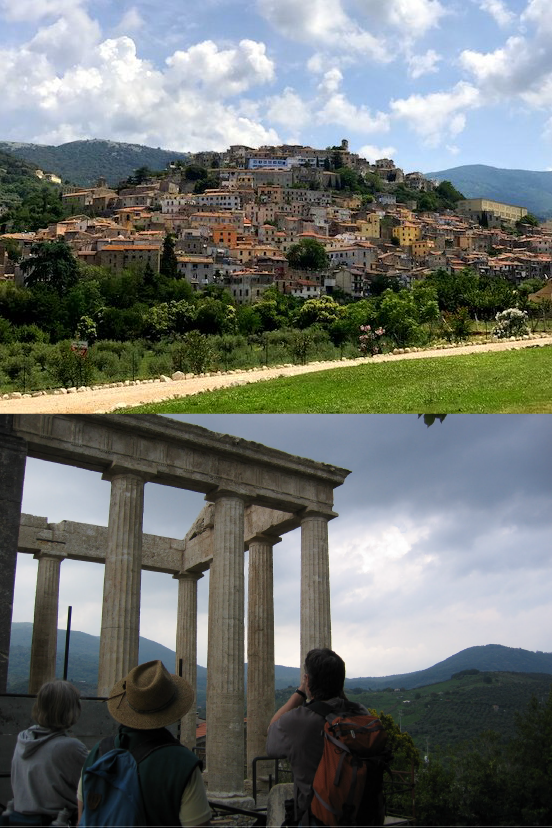
Cori
Twenty-five centuries ago, ancient people stacked up huge limestone blocks into concentric terraces to give Cori its distinctive cone shape. It’s one of Italy’s oldest towns, founded by the Volscian tribe before the rise of Rome. Narrow lanes wind up from a Roman bridge at the bottom to a temple at the top, with bits of walls and columns along the way. Each of three competing neighborhoods has a proud heritage, still celebrated with colorful medieval pageantry. Long prized for wine and olive oil, Cori is a working-class town with few tourists. On warm evenings, the piazza is a lively scene as young and old gather to chat, flirt and ogle babies.
Our visit will include a tour of the celebrated Carpineti winery with lunch and wine tasting.
Ninfa
A minor Roman road through vineyards and farms leads us to the Gardens of Ninfa, where we enjoy a picnic lunch and guided tour. A fairy-tale village complete with castle, town hall and churches, Ninfa was sacked in the 12th century and abandoned. In 1921 the Caetani family began transforming it into a landscape garden with vine-clad ruins, lake and stream. Garden writer Charles Quest-Ritson has called it “the most romantic garden in the world.”
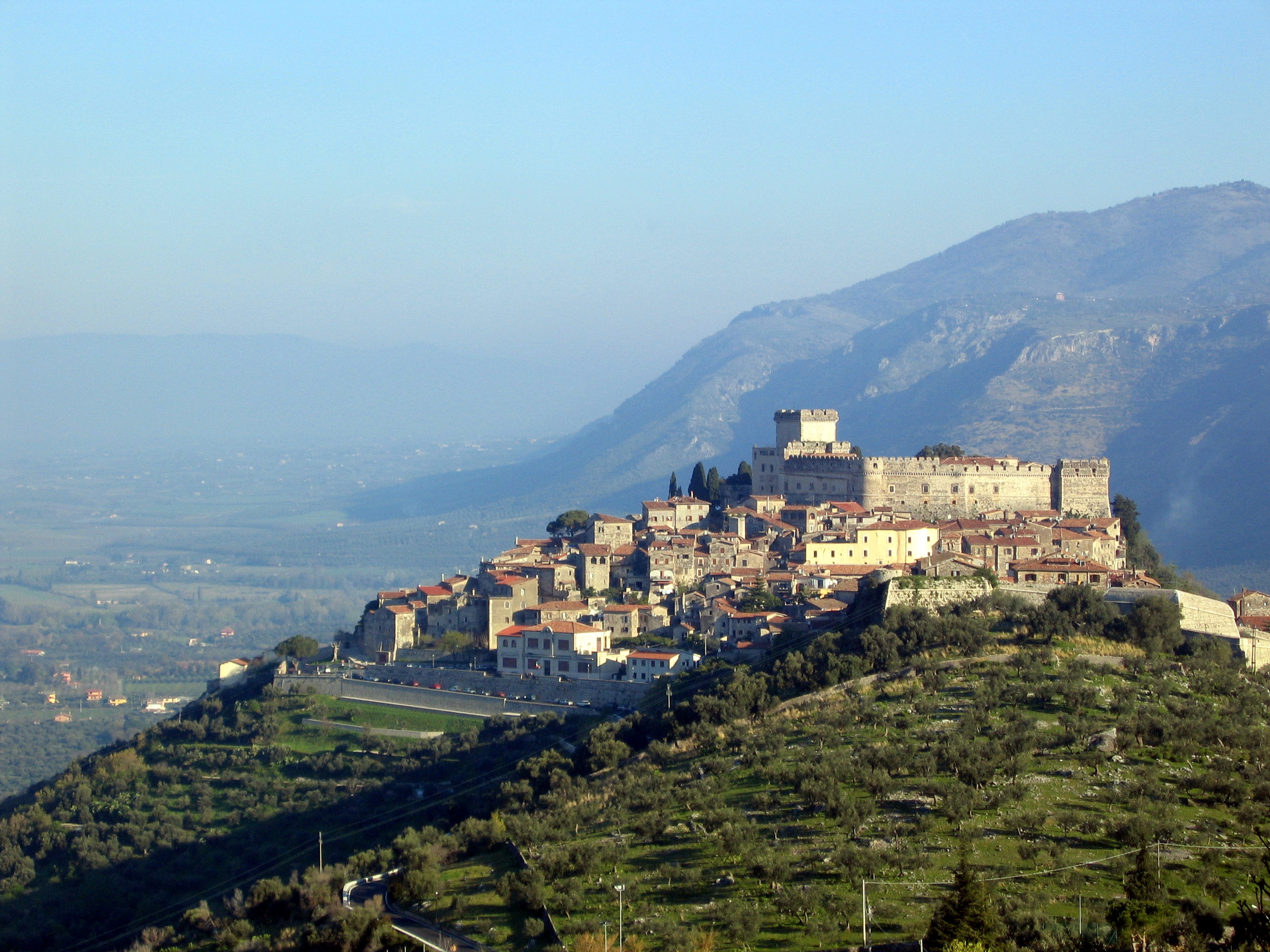
Sermoneta
Sermoneta’s dominant position overlooking the foothill road gave it importance in the middle ages. Picturesque medieval walls and alleys have made it a frequent choice for movie sets. The 13th-century Caetani Castle – a singular example of medieval castle architecture – has hosted emperors, popes, princes and cardinals. Abandoned in the 17th century, it was recently restored as an educational center.
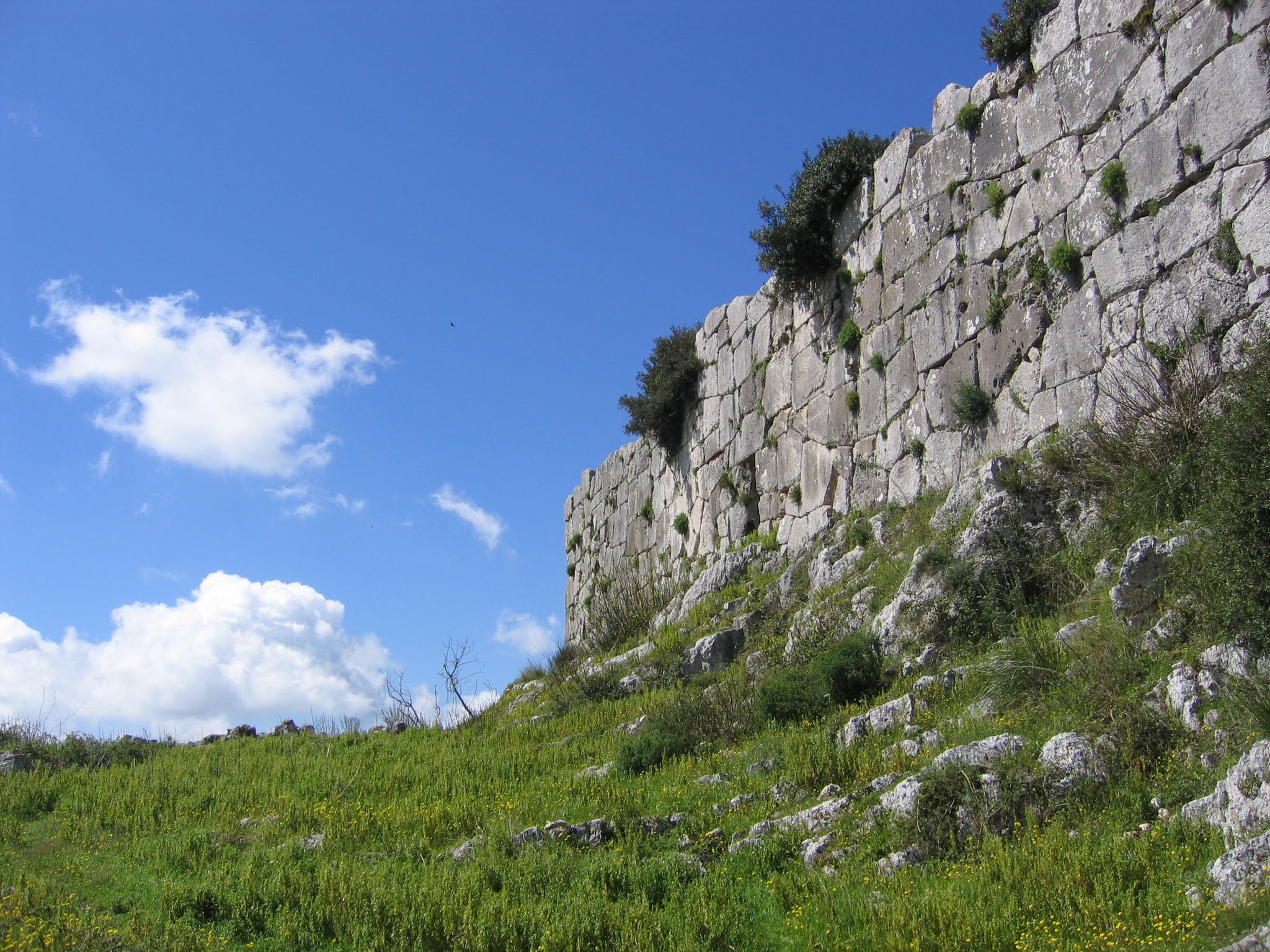
Norba
Norba was a Roman town destroyed in a civil war. Remains include defensive walls of huge limestone blocks, paved streets, baths, cisterns, bits of houses and temples. On a steep cliff above Ninfa, it’s popular with paragliders and offers stunning views. After our exploration we enjoy lunch in the nearby town of Norma.
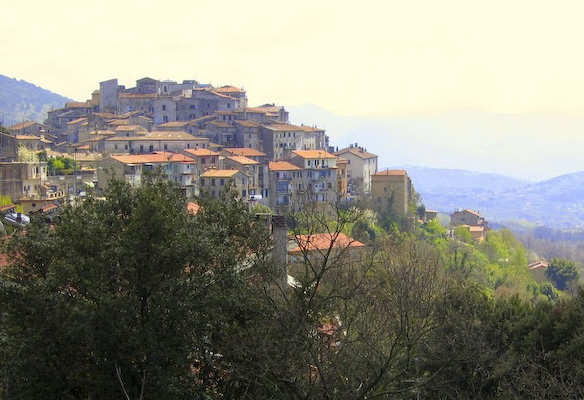
Bassiano
From Sermoneta we walk to Bassiano, a walled medieval hill town known for production of excellent prosciutto. It’s the birthplace of Aldo Manuzio, a 15th-century humanist and printer, credited with preserving Greek manuscripts and originating italic type. After lunch we explore Bassiano’s labyrinth of winding lanes.

Sperlonga
Drawn by the beautiful coast, Roman Emperor Tiberius built a villa here. A cave with precious Greek sculptures (now in the museum) served as a dining room for distinguished guests. Today Sperlonga is a picturesque cluster of whitewashed homes and shops on a rocky spur above the sea. The ancient Via Flacca brings us around a cliff between two scenic coves. We stroll along the beach to lunch…fresh seafood is a specialty.

Terracina
Once a Roman port town, Terracina is chock-full of ruins, including a monumental Temple of Jupiter high above the sea with spectacular views. Just below the temple is a remarkable vertical road cut in the limestone cliff, marked in Roman numerals every ten feet. We explore Roman ruins in the center of town, with the Via Appia’s original limestone paving.